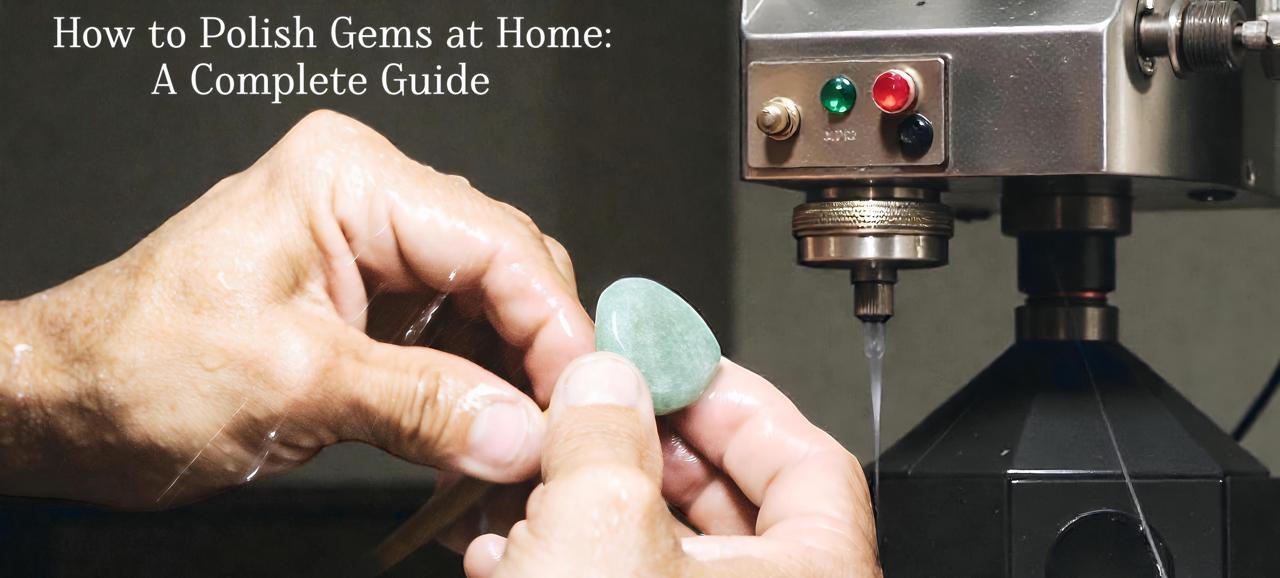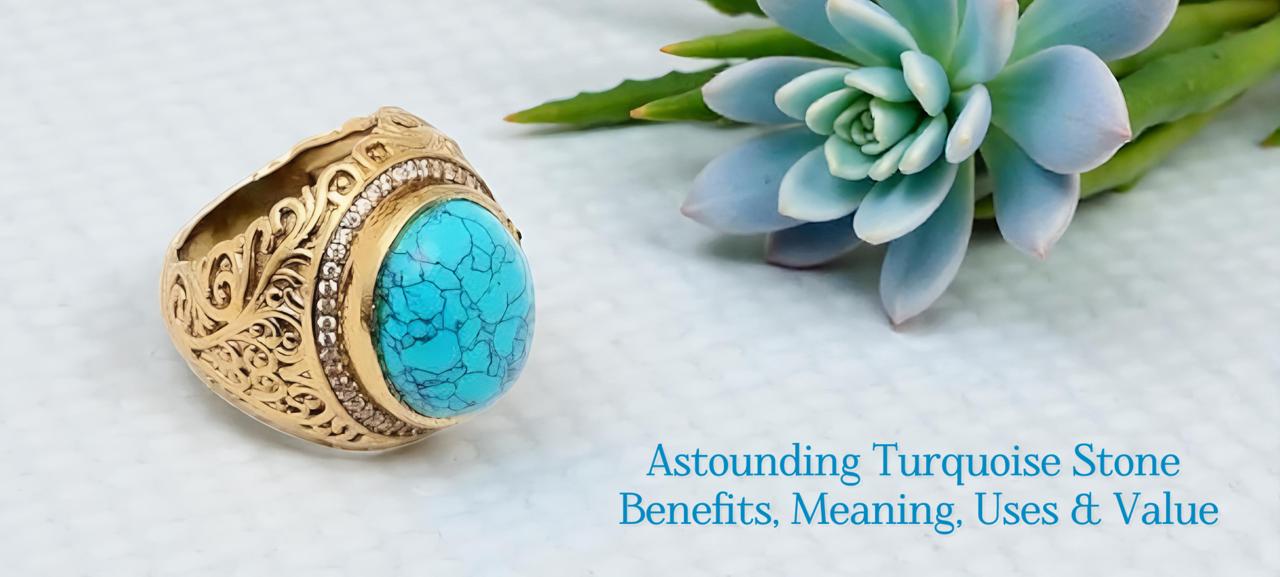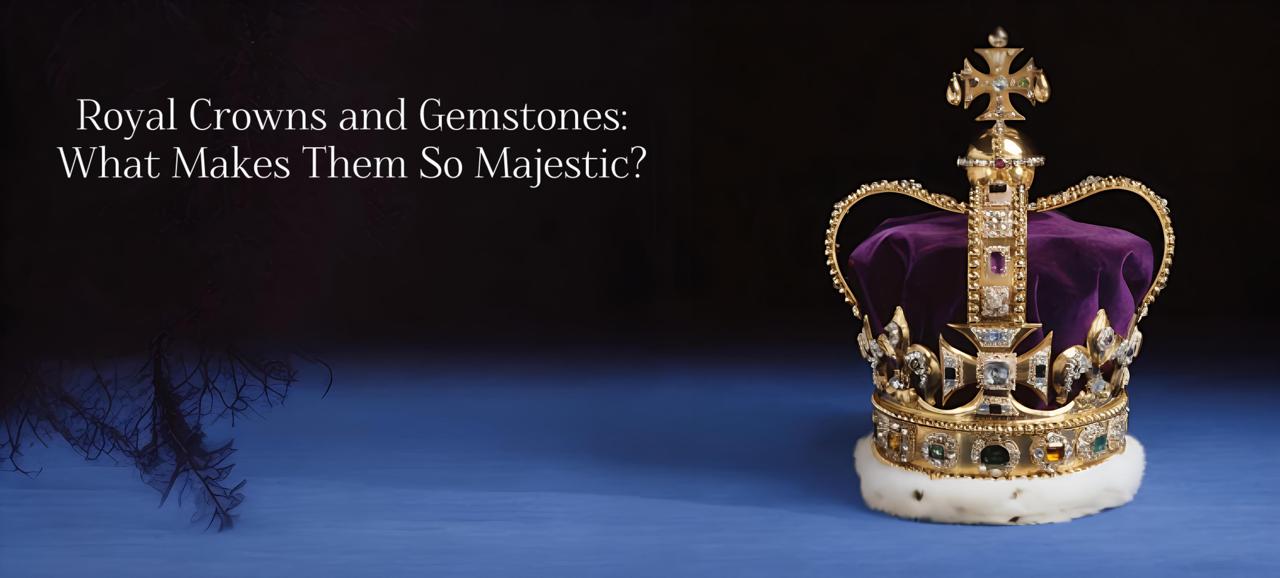 Categories
Categories 
While gemstones are considered a gift by nature, not all of them are purely natural. Heaps of gemstones undergo outer interventions in the form of various types of treatments. There goes several heat treatments and chemical processing to improve the clarity, luster, transparency, and overall appearance of a crystal. Whereas there are some gems that are absolutely untouched from any kind of heat, chemical, or external meddling, for instance, No-Oil Emeralds.
With so many options for gemstones available, it is crucial to select the right one. The majority of people prefer to choose unheated and untreated colored crystals, particularly when they are buying them for cosmic connotations. Sapphire is one such widely used gemstone for astrological as well as aesthetical purposes. With their mesmerizing appeal, they not only make great jewelry pieces but also provide incredible benefits on the metaphysical ground. Chemically, Natural Sapphires come out of the Corundum mineral clan and hold a hardness of 9 on the Mohs scale of hardness.
Are All Sapphires Treated?
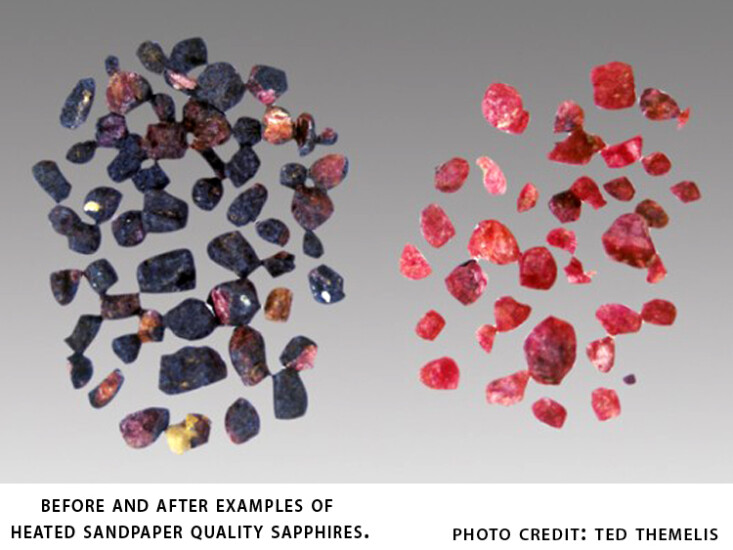
Now when it comes to the sapphires’ treatment, not all the sapphire gemstones are treated but most of them go under some or other sort of treatment at some or other point of time during their making process. Therefore, when you are up for buying natural gemstones online or offline, it is prudent to know what may have been done to alter them, especially when you are making the purchase to avail of astrological advantages. A layman cannot differentiate between a heated and unheated stone that easily. Benefiting to which there are several scammers in the marketplace who sell treated stones in lieu of untreated ones using the abundance of modern technology. Summarizing here is a detailed informative guide on the types and processes of treatments in which a sapphire stone can be treated. Hope this helps you make an informed decision.
What Is A Heated Sapphire?
Heat treatment is one of the oldest and most common types of enhancement techniques carried out on sapphires. Besides enhancing color and clarity, it is mainly employed to remove color zoning from a stone. Today, the majority of the sapphire stones in the market are either heat-treated or thermally enhanced in furnaces.
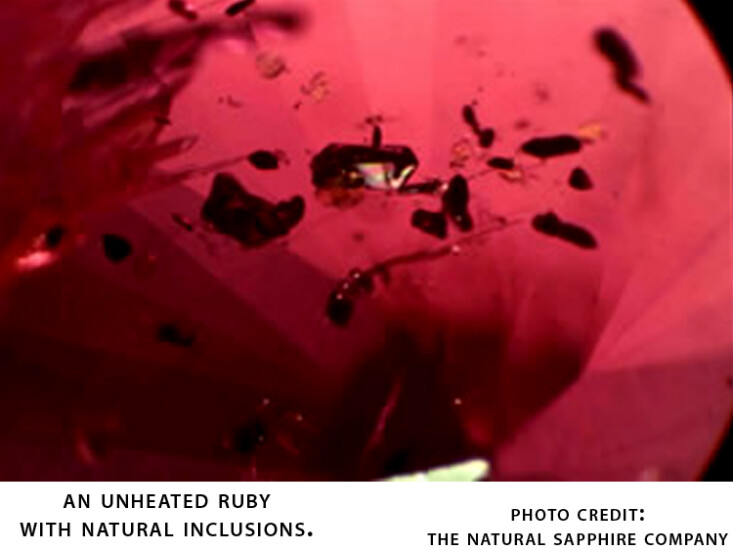
There are heat treatment procedures that are moderately mild in comparison to other heating. Such mild heating application is commonly done on pink sapphires and padparadscha sapphires that are sourced from the mines of Madagascar and involve an average temperature of approx. 400° for quite a short period of time.
On the contrary, the application of a temperature over 1700° has been executed on sapphires for the last few decades. This practice is done to dissolve silk inclusions and improve transparency. It gives drastic results by enhancing color and transforming pale stones into more saturated colors. Only expert gemologists can discern whether a stone requires this grade of extreme heating.
Sapphires when heated between 1200° to 1600°, they form star sapphires. However, with the increased demand for transparent stones in the industry, the call for enhancing treatments for creating asterism is not encountered very frequently. On the other hand, Natural Blue Sapphires and Ceylon Yellow sapphires always stay uppermost in the market of demand.
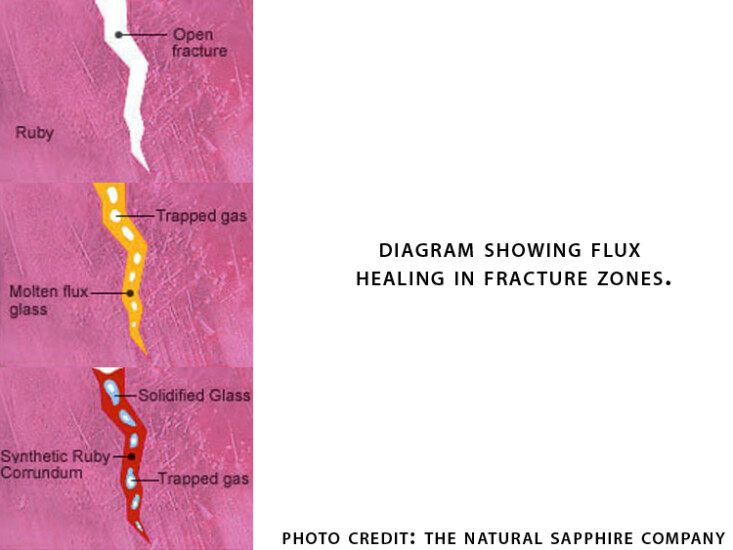
What Is A Glass-Filled Sapphire?
Fractures and pits within a sapphire stone tend to reduce its clarity. In order to deal with such cavities and improve the clarity, luster, and durability of the stone, mostly sapphires are either heated or infused with a chemical called flux.
Flux Treatment in Sapphires
Under this process, the flux is melted at a high temperature and penetrated inside the surface-reaching fractures of the stone effortlessly. After cooling down, this flux gets solidified in the form of a fracture filling (glassy mass) and facilitates the corundum to re-crystallize within the fissure.
Though the treatment makes poor quality and low-value sapphires more acceptable among the consumers, there are numerous debates in the industry about the amount of clarity these versus filling bring in, and hence it is not a widespread practice in the lane of trade. However, it is more commonly reported in rubies.
The flux enhancement process is also not very appreciated in the business of sapphires because, in extreme circumstances, it literally held together poor-quality gemstones with highly glossy fillers.
Meanwhile, glass or fracture-filled stones, be it ruby or sapphire, are extremely fragile. They are highly prone to breakage during the jewelry making or repair process, re-polishing, or routine cleaning.

What To Choose - Treated or Natural..?
While some customers accept heat-treated stones, proficients treasure those rare pieces of entirely natural sapphire gemstones that show remarkable color and excellent clarity without any enhancement process or treatment.
Which one to choose completely counts on your personal preference, budget, and uses. Those who are purchasing a sapphire stone to avail health or professional benefits following an astrologer’s recommendation should surely opt for a natural piece. While for jewelry sets, you can go for any, depending upon your choice and funds, keeping the durability factor in mind. Check out more treatment of sapphires stones in the II volume of the series A Study on Treatments of Sapphires II.
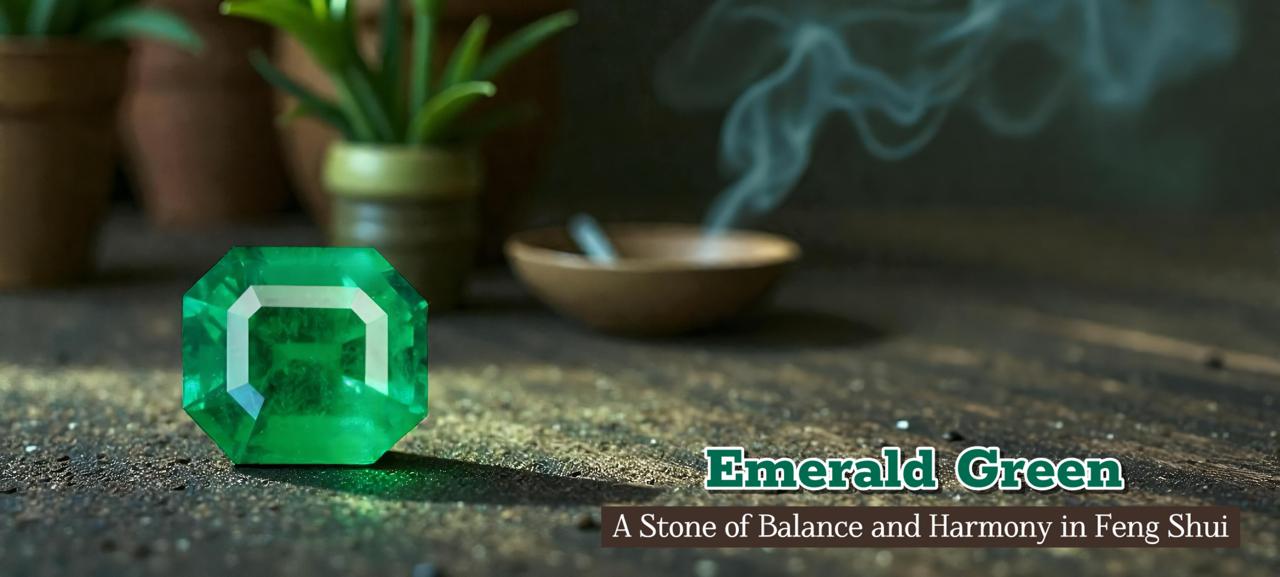
Emerald Green: A Powerful Feng Shui Stone for Balance and Harmony
December 15th, 2025
